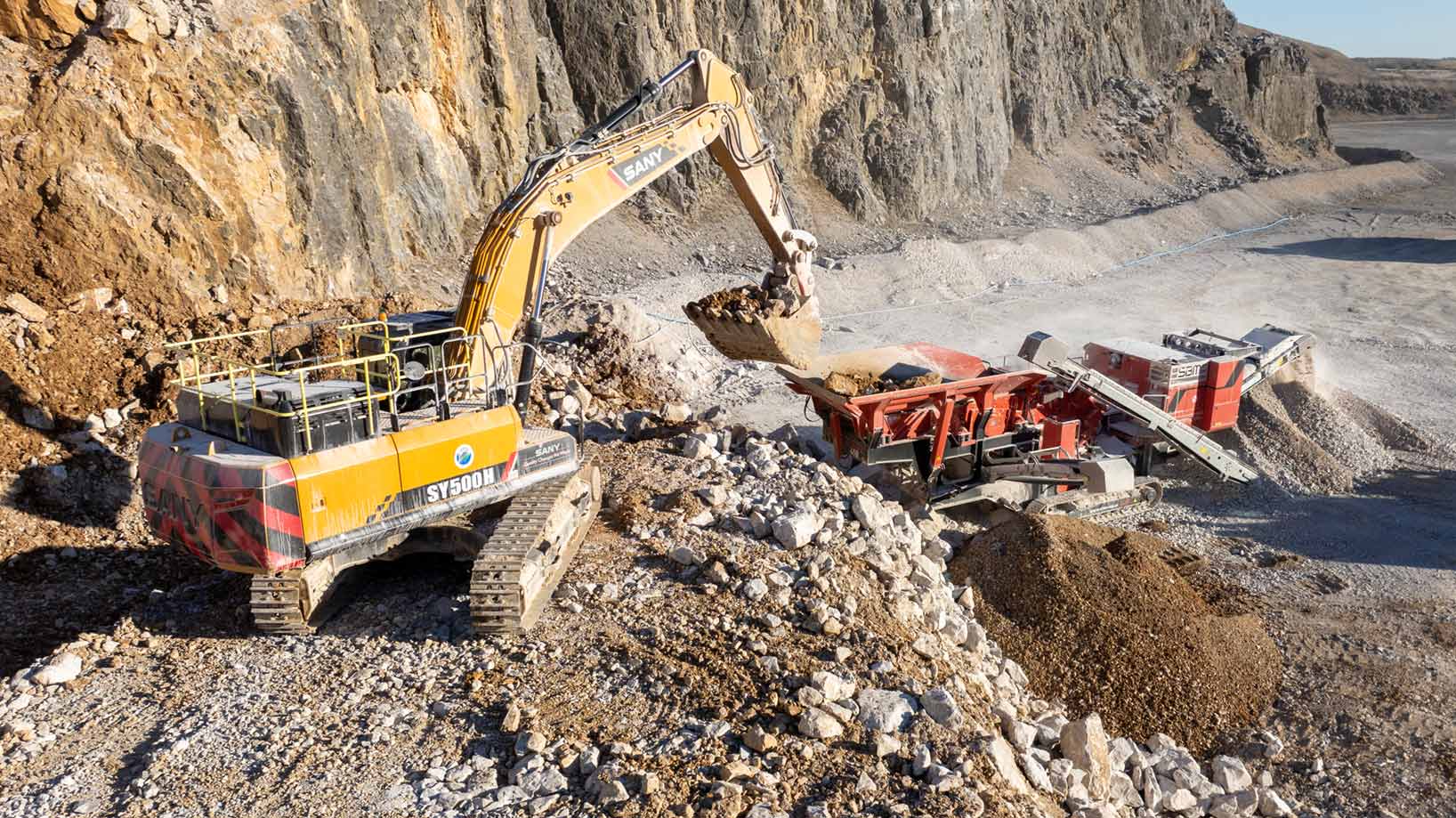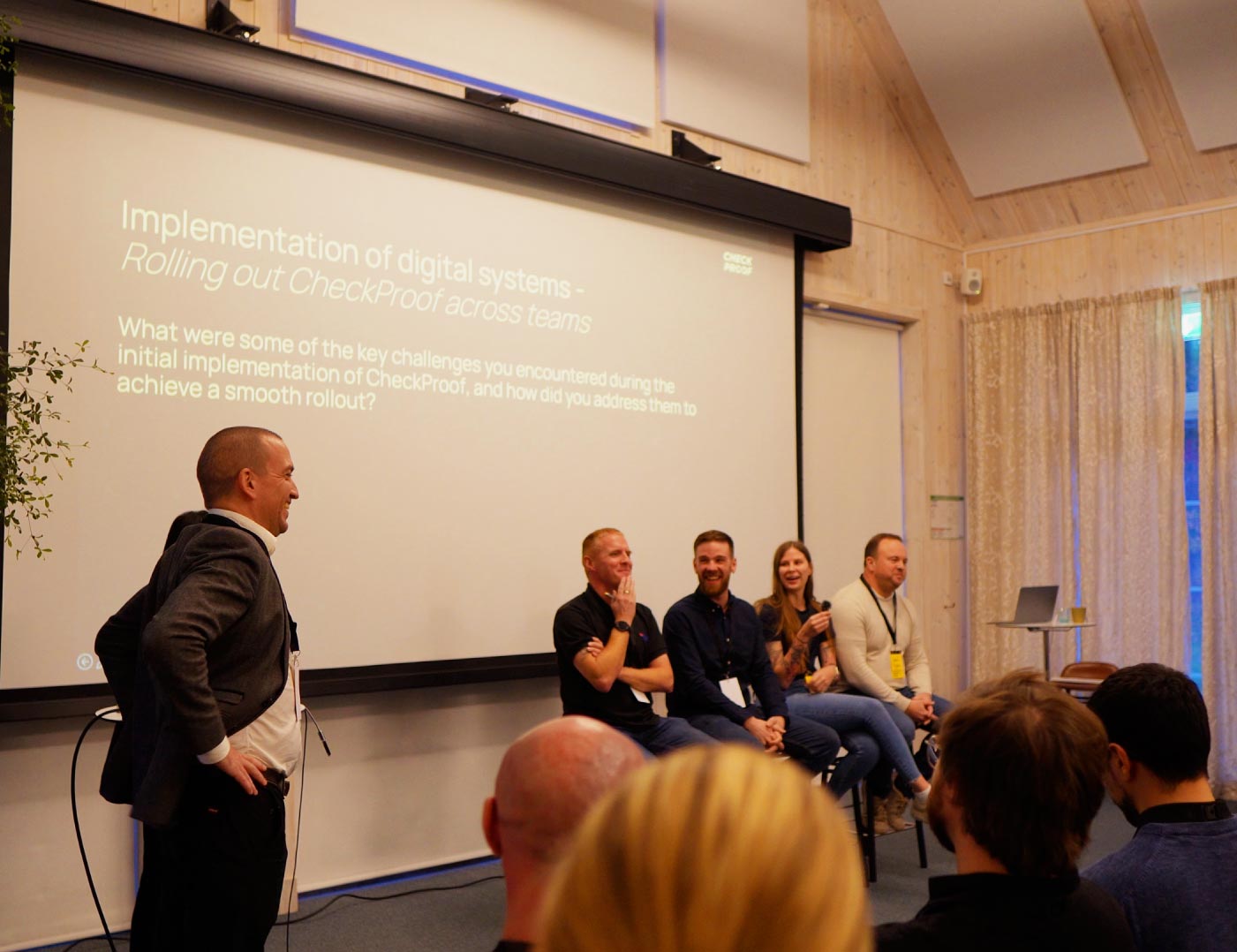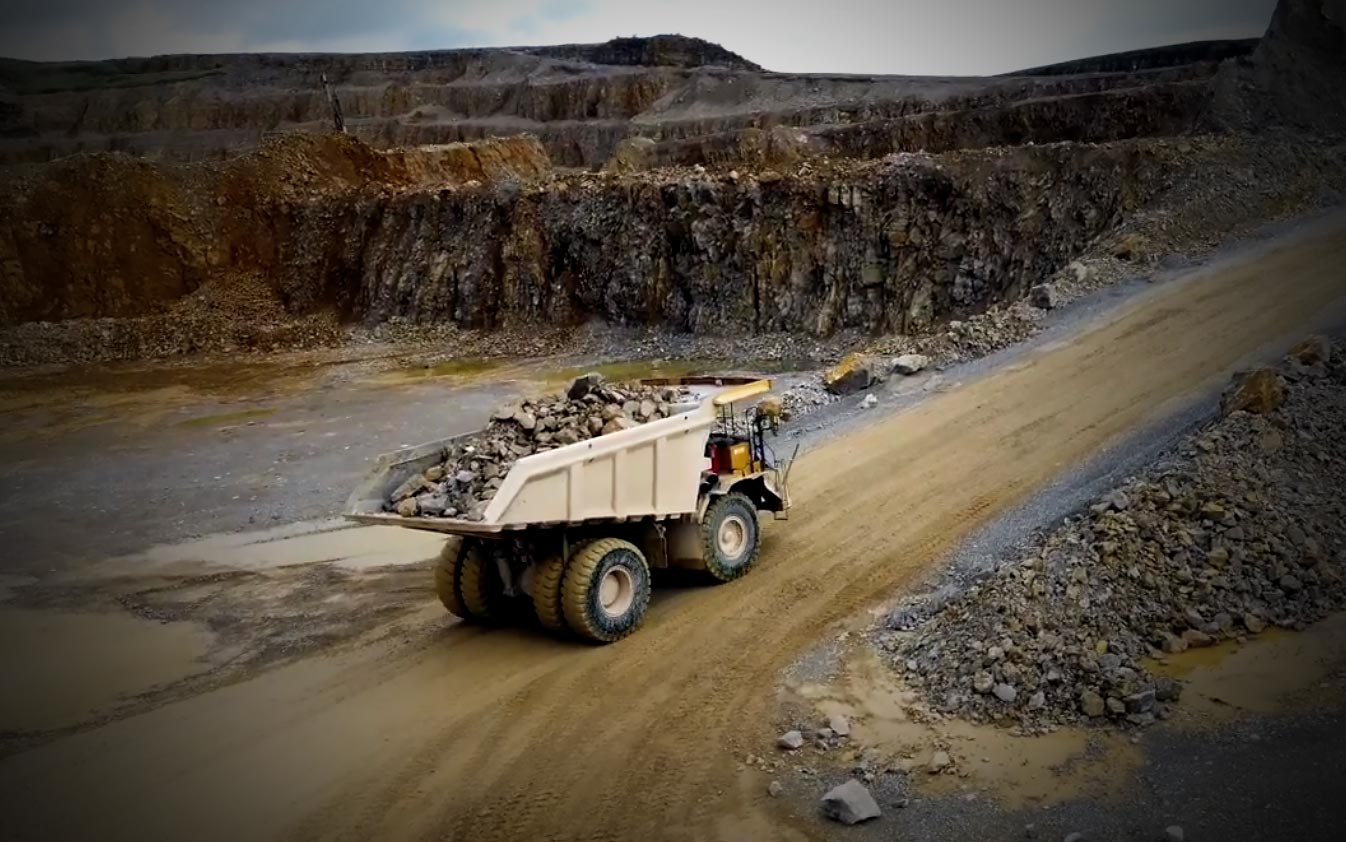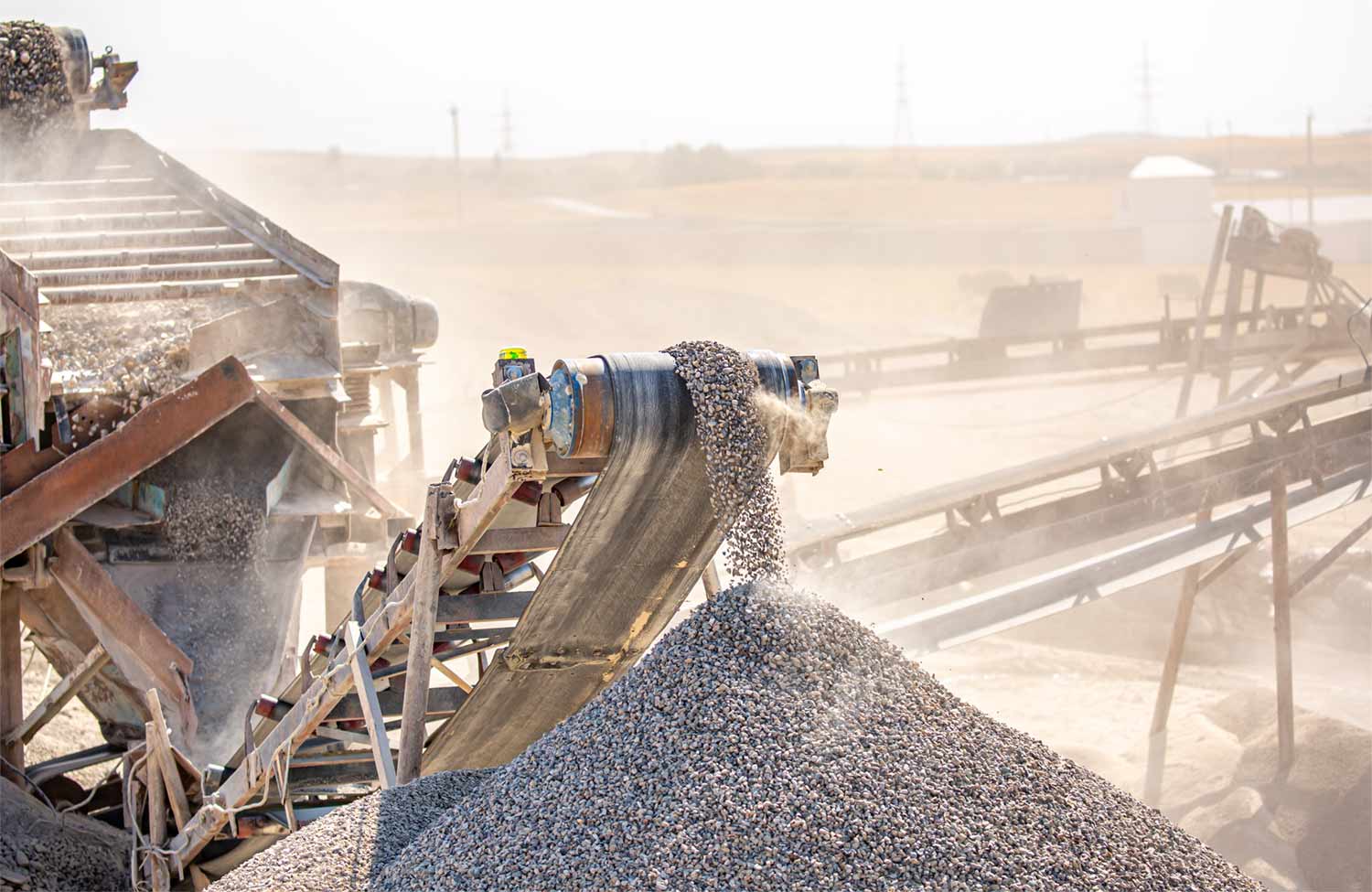How Gina Becker at Cemex Germany, and her colleagues increased daily production by 75%, reduced fuel costs, and streamlined operations with CheckProof’s platform.
Q: Can you tell us about your role at Cemex?
Gina Becker: I’m the Coordinator of Project Materials Operations Services, focusing on three main areas: digitization, process optimization, and investments in the ready-mix and aggregates business. My role is versatile—I work with colleagues to implement initiatives like CheckProof, often traveling to different plants and sites to oversee approvals and rollouts.
Q: How did you approach rolling out CheckProof?

Gina Becker: We first agreed on which sites and areas to focus on, starting with Prostein quarries in north-eastern Germany. The group has six hard stone quarries, and these quarries were ideal for gathering feedback as they operate close-knit teams. We started with pilot projects, rolling out site by site. I visit every site and provide ongoing support, ensuring seamless implementation.
Q: What kind of checklists do your teams use with CheckProof?
Gina Becker: We use it for production diaries, mobile equipment checks, and regular maintenance tasks—daily, monthly, quarterly, and yearly. Pre-start checks are also critical. One of the most significant uses is tracking refills, which helps us build KPI reports on fuel usage. This data allows us to understand fuel consumption trends and ask the right questions when discrepancies arise.
Q: What impact has CheckProof had on your operations?
Gina Becker: The platform has transformed how we manage maintenance. Previously, everything was on paper, and repair teams struggled with visibility. Now, deviations are recorded digitally, and tickets can be closed immediately. Plant managers are thrilled with the increased efficiency—more issues are being resolved, and they’re resolved faster. It’s been a game-changer for productivity.
« We increased daily output from 2,000 tonnes to 3,500 tonnes—a significant improvement we initially thought was impossible. »
Q: What key performance indicators (KPIs) or metrics have improved since adopting CheckProof?
Gina Becker: After implementing CheckProof, we introduced a performance meeting to review production diaries, which track metrics like volume, stoppage hours, and equipment availability. For instance, in July, we began optimizing production settings on our crushers. Using CheckProof data, we identified the previous average production levels and adjusted settings like cycle time. As a result, we increased daily output from 2,000 tonnes to 3,500 tonnes—a significant improvement we initially thought was impossible. Importantly, this increase was achieved sustainably, without overburdening equipment.
Q: How have your teams responded to using CheckProof?
Gina Becker: Initially, there was skepticism. People were hesitant to let go of their existing systems. But as they started seeing the benefits—such as faster data input and better visibility—their attitudes shifted. Today, I’d say 99% of our team is happy with it. It’s rewarding to see such a positive response.
Q: Are there specific features of CheckProof that stand out?
Gina Becker: The deviation management feature is invaluable for maintenance. The platform’s gamification elements make it engaging for workers to use, like taking photos and tracking tasks. On the administrative side, the Planning Tool and telematics provide a comprehensive overview, helping us manage fuel usage and scheduling more effectively.
Q: What challenges has CheckProof helped you address?
Gina Becker: Maintenance visibility was a significant challenge. Before CheckProof, there was no reliable way to monitor fuel usage or track tasks. Now, we have accurate data, enabling better decision-making and cost-saving measures. It’s also improved collaboration across teams, which is crucial for audits and compliance.
Q: How do you see CheckProof aligning with Cemex’s future goals?
Gina Becker: CheckProof aligns perfectly with our sustainability goals, particularly in reducing CO2 emissions and improving operational efficiency. As we continue to evolve, I see opportunities to expand its use in health and safety assessments and further integrate it with other systems. Moving forward, we’re focusing on integrating health and safety features. Once our maintenance processes are fully optimized, this will be the next big step.
Want to know what CheckProof can do for you?
CheckProof's easy-to-use app makes it easier to do the right thing at the right time. Discover how you can run world-class maintenance that is both cost-effective and sustainable.

Revolutionizing Compliance: Banner Contracts on managing ISO audits with CheckProof

Implementation of Digital Systems: Rolling Out CheckProof Across Teams

From Fuel Savings to Production Gains: Cemex Germany’s Wins with CheckProof

A Recap of the CheckProof Industry Event & 10th Anniversary Celebration

Trend Report: Key moments in the Construction Materials industry (2014–2024)

Meet Marcus Edlund, CheckProof’s First Employee and Tech Trailblazer

10 Key Technology Advancements in the Construction Materials Industries

SBMI’s Climate Roadmap for a Fossil-Free Aggregate Industry by 2045

HSEQ trends in the Construction Materials and Heavy Industry






